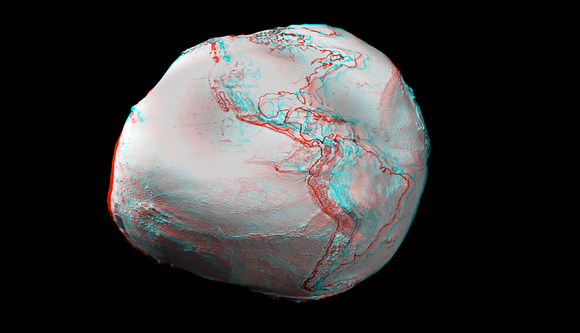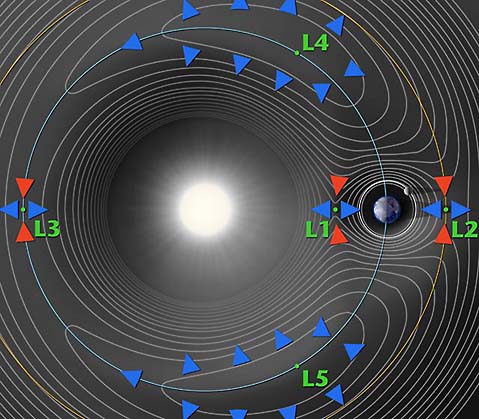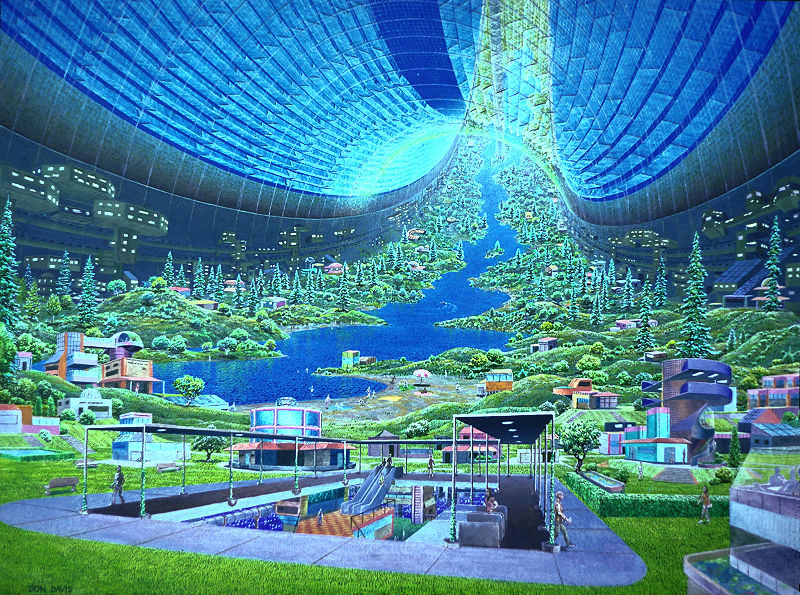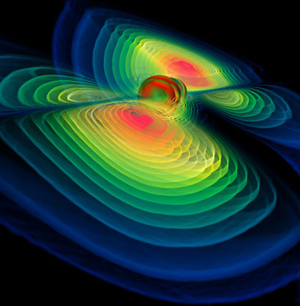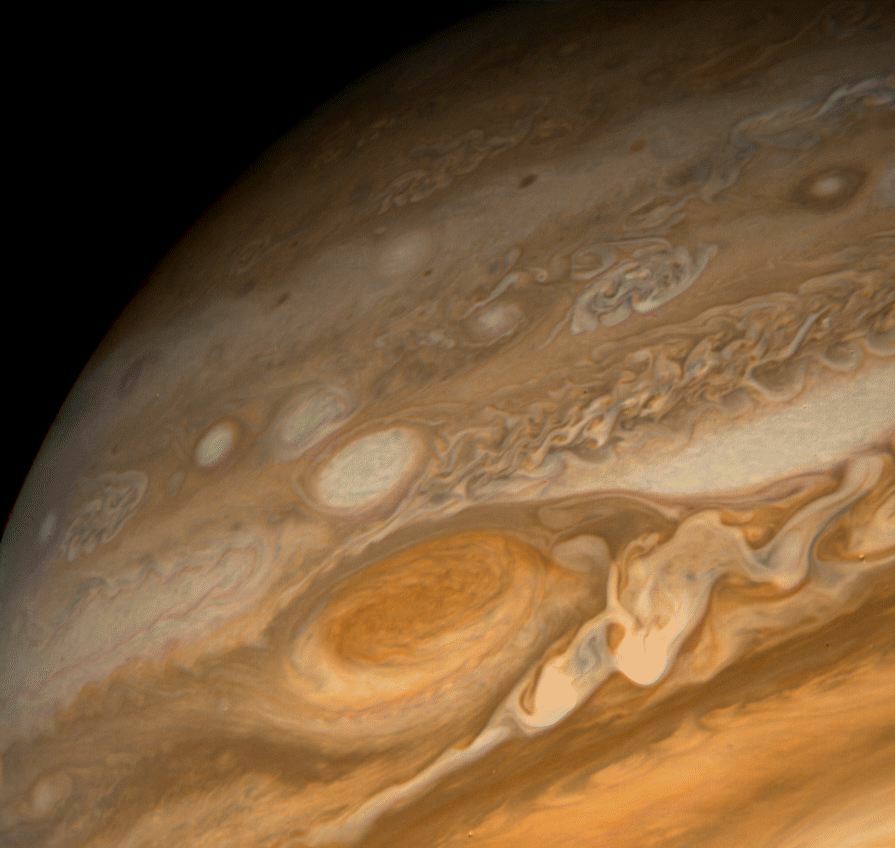There is not one, not two, not even three gravity equations, but many!
The one most people know describes Newton’s universal law of gravitation:
F = Gm1m2/r2,
where F is the force due to gravity, between two masses (m1 and m2), which are a distance r apart; G is the gravitational constant.
From this is it straightforward to derive another, common, gravity equation, that which gives the acceleration due to gravity, g, here on the surface of the Earth:
g = GM/r2,
Where M is the mass of the Earth, r the radius of the Earth (or distance between the center of the Earth and you, standing on its surface), and G is the gravitational constant.
With its publication in the early years of the last century, Einstein’s theory of general relativity (GR) became a much more accurate theory of gravity (the theory has been tested extensively, and has passed all tests, with flying colors, to date). In GR, the gravity equation usually refers to Einstein’s field equations (EFE), which are not at all straight-forward to write, let alone explain (so I’m going to write them … but not explain them!):
G?? = 8?G/c4 T??
G (without the subscripts) is the gravitational constant, and c is the speed of light.
Finally, here’s a acceleration of gravity equation you’ve probably never heard of before:
a = ?(GMa0/r),
where a is the acceleration a star feels, due to gravity under MOND (MOdified Newtonian Dynamics), an alternative theory of gravity, M is the mass of a galaxy, r the distance between the star in the outskirts of that galaxy and its center, G the gravitational constant, and a0 a new constant.
Some websites which contain more on gravity equations, for your interest and enjoyment: Newton’s Theory of “Universal Gravitation” (NASA), Einstein’s equation of gravity (University of Wisconsin Madison – heavy), and Gravity Formula (University of Nebraska-Lincoln).
Universe Today, as you would expect, has several stories relevant to gravity equations; here are a few: See the Universe with Gravity Eyes, A Case of MOND Over Dark Matter, and Flyby Anomalies Explained?. Here’s an article about 0 gravity.
Gravity, an Astronomy Cast episode, has more on gravity equations, as do several Astronomy Cast Question Shows, such as September 26th, 2008, and March 31st, 2009.




